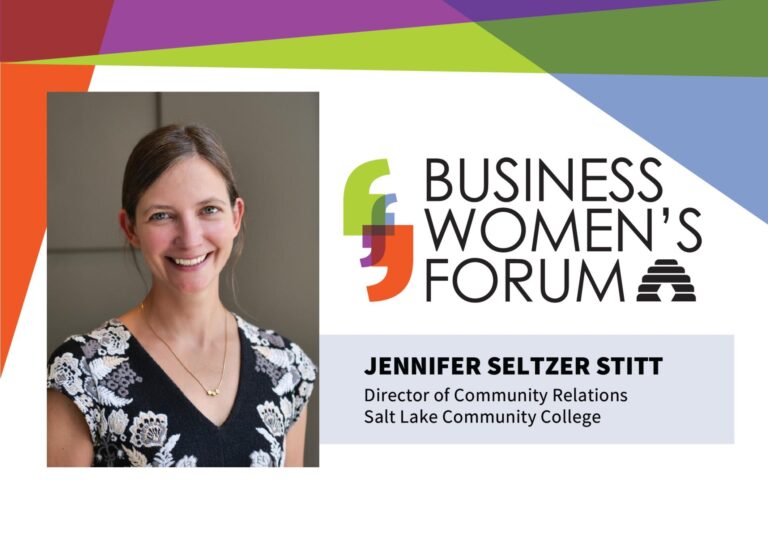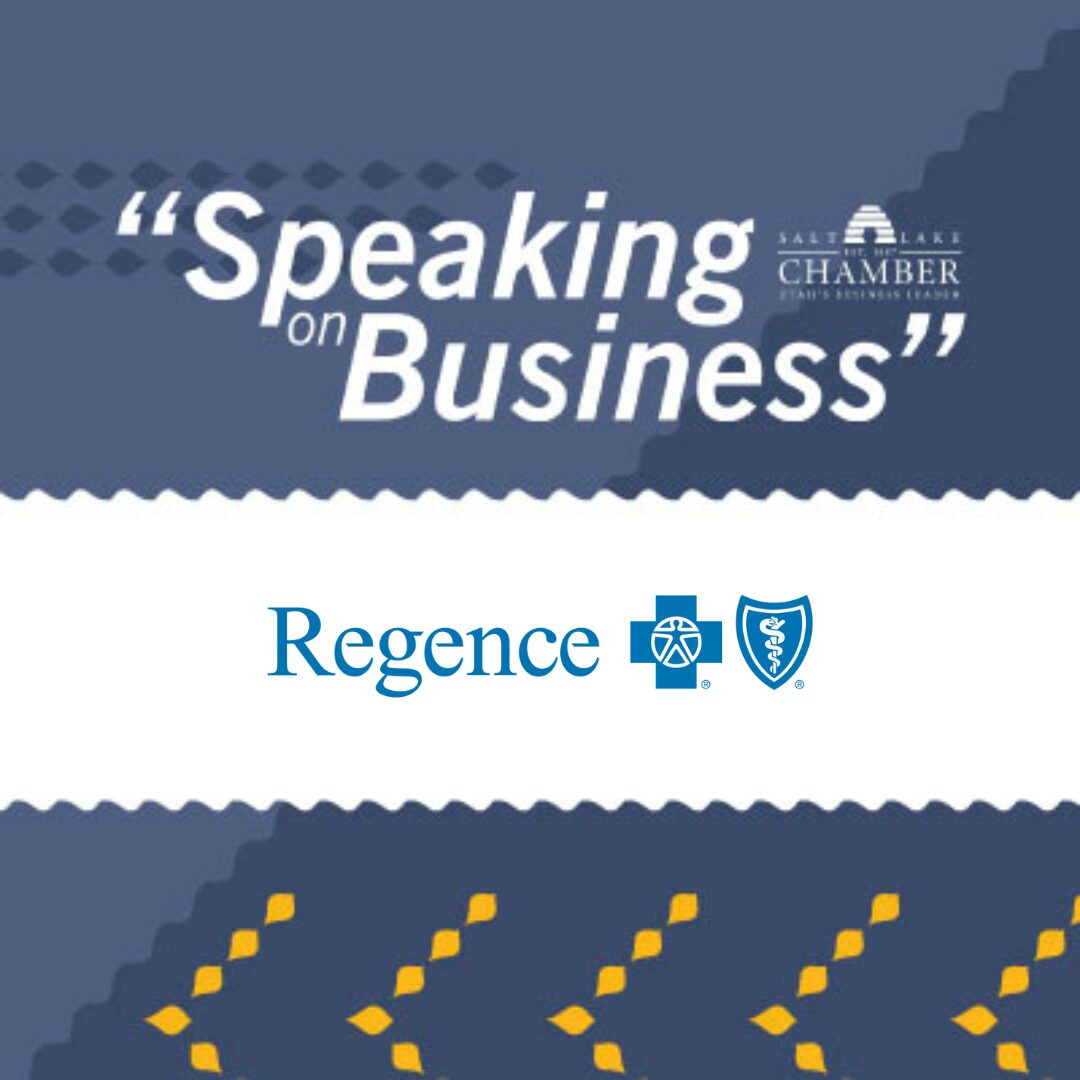When the plane bounced around during our approach to Kahului Airport late Monday night, we weren’t terribly concerned. Landing in Maui is a well-known windy and wild ride. My family had been talking about, planning, and saving for a trip to Hawaii for years. We were excited, exhausted, and oblivious to the weather. We had a quick dinner at a local restaurant and went to our rental, about six miles from Lahaina’s historic district. Sometime around 4 a.m. on August 8th the power, internet, and cell service went out.
What happened next in Lahaina is well documented. In fact, I suspect you knew what was happening there well before we did. Without access to local news, we didn’t know what was taking place a few miles away. The first indication we had that something was deeply wrong came when my husband went toward Lahaina to find food. He saw smoke and turned back. We only began to understand the extent of the devastation the next day when I listened to survivors and friends of those still missing tell horrific and heartbreaking stories.
I’ve worked in community building in one form or another throughout my career. Communities knit together by trust and by shared stories, culture, values, place, family, or goals, for example, form bonds that, even in the face of our differences and political disagreements, allow us to be resilient during crises and accomplish great things when times are good. Local businesses and organizations rooted in our communities and invested in our well-being help weave a fabric of mutual care and growth. This was my experience in Maui.
We were staying in a medium-sized apartment complex. When we went down to the shared grassy area on Tuesday morning, people were nice to each other in the way you are kind to a stranger you pass on the street. As the power outage lingered and concern grew, the atmosphere shifted. Those who could, shared briquettes so others might use the building’s outdoor grills to cook whatever food hadn’t spoiled yet. We swapped theories about the power outage and rumors about fires on the Island. We shared our stories. A tourist staying in a ground-floor apartment was taking a vacation after a stressful year during which she became the primary caretaker for her parents. A resident was spending one last summer in her third-floor condo before selling it and moving back to the family house near Lahaina. An older man watching a sea turtle moon bathe swore it was the same turtle that was on the beach when he visited eight years ago. In essence, we began to build the early foundations of a community.
In the days after the fire, individuals made each other’s suffering their own and cared for one another the best they could. Local residents – some of whom had lost everything in the blaze – checked in on each other and organized emergency support networks. The fire department and local restaurants set up food stations. Locals and visitors gave out water, gas, and clothes to those in need. Tour boat operators transported donated supplies to pop-up aid stations staffed by volunteers. Even members of our happenstance community checked on each other with intention and care.
At the same time, there was an outpouring of concern from the external community. Those with connections to people living in or visiting Maui sought out and advocated for their loved ones. On Wednesday, I found a spot where, when I twisted my body in just the right way, I could send and receive text messages. When I saw that family, friends, and colleagues had checked in, asked questions, and offered help, I was reminded that we were not alone. That same feeling of being seen and supported was and is felt by those affected by the fire when people who may not know anyone on the Island, but who feel deeply connected as fellow citizens, donate their resources and talent.
Community cannot perform magic. It cannot erase the gut-wrenching pain and loss in Maui – hundreds of people are still missing. Lahaina needs our continued support. Nor is community easy. After all, it is made up of people like you and me with, I suspect, very different opinions about how to get from point A to point B. But community is essential to who we are as individuals and how we live and what we do together.
Since coming home, I’ve thought about the people I am lucky enough to work with in Salt Lake – and at SLCC specifically – who are actively building the community we need to be resilient and successful. I’ve watched businesses fund scholarships that allow students to pursue their dreams. Community organizations connect people to resources that help them move one step closer to their goals. Individuals donate countless hours of their time to teach English to new arrivals or counsel entrepreneurs as they venture into fresh territory. High school teachers who make sure nervous new students know that they belong and remind them regularly of their potential. So while I’m still processing my experience in Maui – and I recognize that it may be impossible to ever make sense of the immense loss and terrible grief I witnessed – I was reminded of a beautiful truth there, one that is just as relevant here: When we act on our shared values of care and regard for each other, we build a community that can rise together in the face of great storms.
About the Writer: Jennifer Seltzer Stitt
Jennifer Seltzer Stitt is Director of Community Relations at Salt Lake Community College. She
works to strengthen the College’s role within our community and facilitates support for a
variety of college initiatives. Throughout her career, she has worked with nonprofits,
government, and community to create systems change and give people the platform and tools
they need to succeed. Jennifer earned her bachelor’s from Miami University and her master’s
from the Johns Hopkins School of Advanced International Studies.



